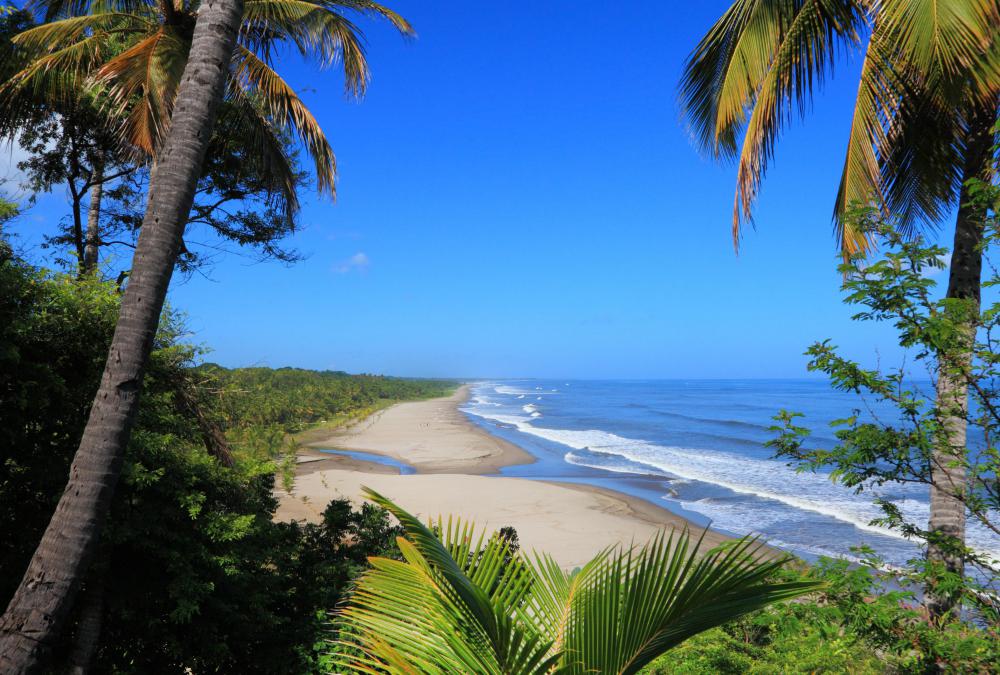At WiseGEEK, we're committed to delivering accurate, trustworthy information. Our expert-authored content is rigorously fact-checked and sourced from credible authorities. Discover how we uphold the highest standards in providing you with reliable knowledge.
What is Arenga?
The arenga is a genus of palm from the family Arecaceae. There are many types of arenga palms, some of which have practical uses and economic value. Trees such as the Arenga pinnata, or sugar palm, are considered valuable as a food source. Other varieties, such as the Arenga engleri, are often grown ornamentally as garden plants. Arengas are considered flowering trees and are usually native to tropical and subtropical climates.
Arenga palms vary in size and appearance, depending on their species. The dwarf sugar palm or Arenga engleri, a smaller palm often grown ornamentally, typically reaches heights of no more than 10 feet (3.1 m). The full-sized sugar palm, or Arenga pinnata, may reach heights of up to 60 feet (18 m). The round, purple fruit of Arenga palms may be 1 to one and 1.5 inches (2.5 to 4 cm) in size.

These palms normally require a climate where the minimum temperature falls no lower than 28 degrees F (-2 C). Established plants may be able to tolerate temperatures as low as 15 degrees F (-9.4 C) briefly. These trees usually require full sun to partial shade and rich, well-draining soil. They also usually need regular watering, and are not considered especially drought resistant.
The dwarf sugar palm, Formosa palm, or Arenga engleri, is native to Japan, Taiwan, and India. It's often grown ornamentally as hedging, or as a container plant. Many gardeners consider the dwarf sugar palm an attractive understory feature. It's probably most easily propagated by seed, but can also be propagated by sucker. Seeds should generally be planted four to six weeks after the dwarf sugar palm's fruit has ripened, and they may not sprout for up to two years after planting.
The sugar palm or Arenga pinnata is considered valuable economically in some parts of the world. In southeast Asia, where this type of palm tree grows natively, the sugar palm is valuable for its edible sap and fruit. Its trunk pith is also often ground into flour. Rope can be made from the sugar palm's leaf fibers, and its wood can be used to build furniture, musical instruments, barrels, and other objects.
Like the dwarf sugar palm, the sugar palm typically requires regular watering, full to partial shade, and warm temperatures to thrive. Both trees can produce yellow flowers on spike-like stalks. These two species are typically self-fertilizing.
AS FEATURED ON:
AS FEATURED ON:











Discuss this Article
Post your comments